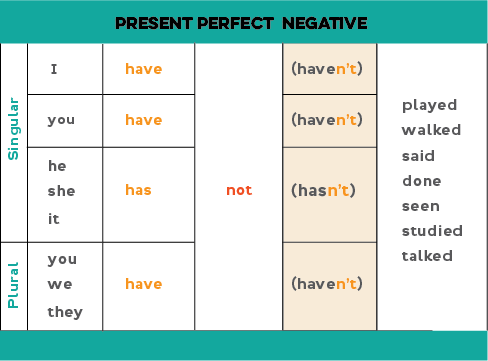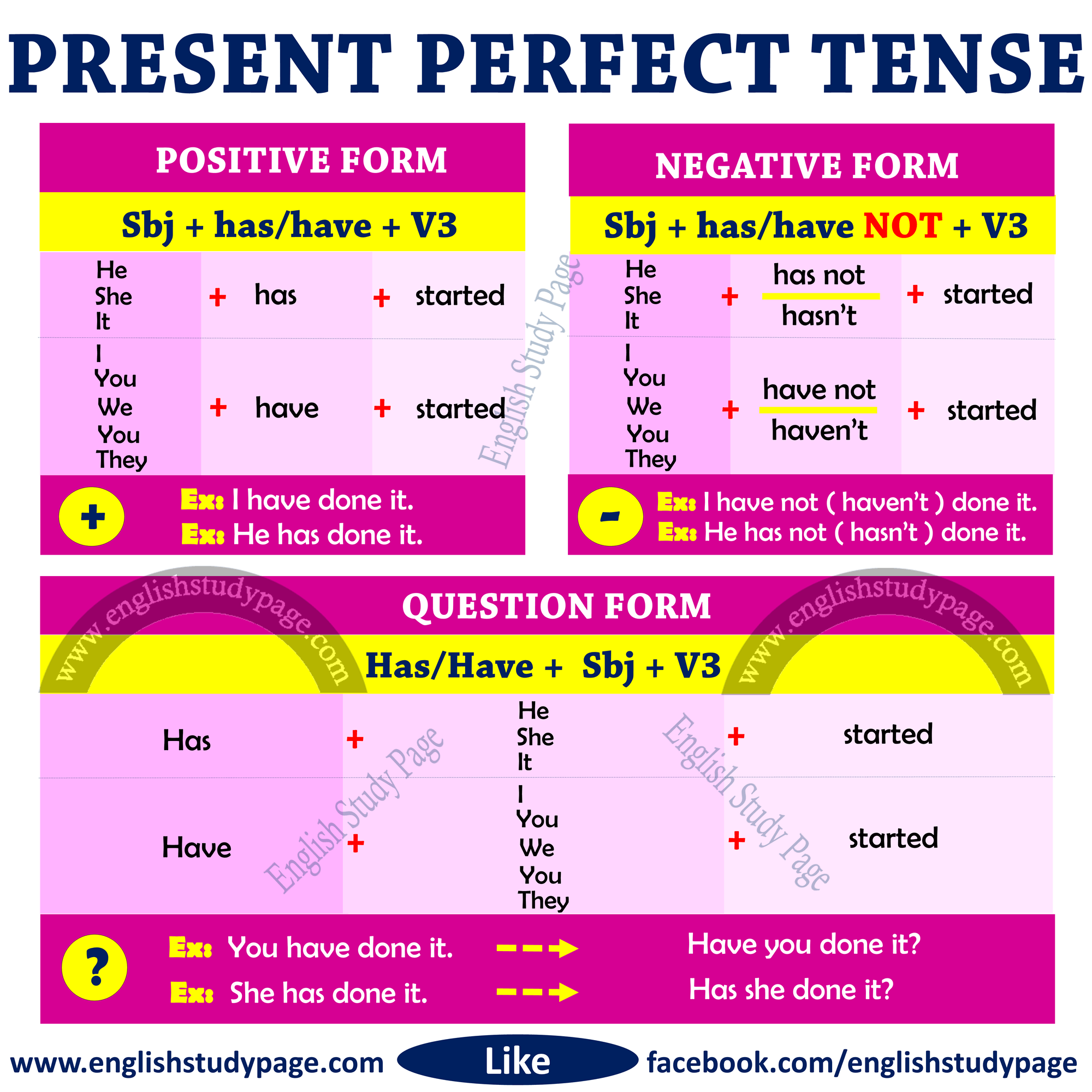
When the accident occurred, she had been talking on her cell phone. The present participle is used with the helping verbs had been to form the past perfect progressive: The past perfect progressive describes a past, ongoing action that was completed before some other past action. The teachers have been meeting after school to plan the new schedules. We have been sitting in the park for hours. I have been thinking about going to France one more time.Ĭharlie has been trying to make the team for two years now. The present participle is used with the helping verbs has been and have been to form the present perfect progressive: The present perfect progressive describes an action that began in the past, continues in the present, and may continue into the future. The helping verb used with the past participle to form the past perfect is had:īefore reinforcements arrived, the enemy had captured most of the men. The past perfect tense is used to describe an action that took place in the past before another past action. We have written to them numerous times without receiving an answer. My sister has tried every kind of shampoo on the market. The House of Windsor has ruled England since 1917. The helping verbs used with the past participle to form the present perfect tense are has and have:

The present perfect tense is used to describeĪ) an action that happened at an indefinite time in the pastī) an action that that began in the past and continues in the present Participles have numerous uses, but right now I’m just looking at how they are used to form the following verb tenses: Many irregular verbs, like drink, have distinctive past participle forms: Many verbs, however, have past participles that do not end in -ed. The past participle usually ends in -ed, as in called, climbed, interrogated, and studied. The present participle always ends in -ing: jumping, skiing, writing, drinking, sighing, etc. In order to function as “real” verbs, they must be used with helping verbs.Įnglish has two participles: the present participle and the past participle.

Participles are verb forms, but they are incomplete.


Some comments I received on the post about the forms of the irregular verb “drink” indicate that not everyone is clear as to how participles are used to form verb tenses that use the helping verbs “has, have” and “had.” Here’s a review. Participles and Perfect Verb Tenses By Maeve Maddox


 0 kommentar(er)
0 kommentar(er)
